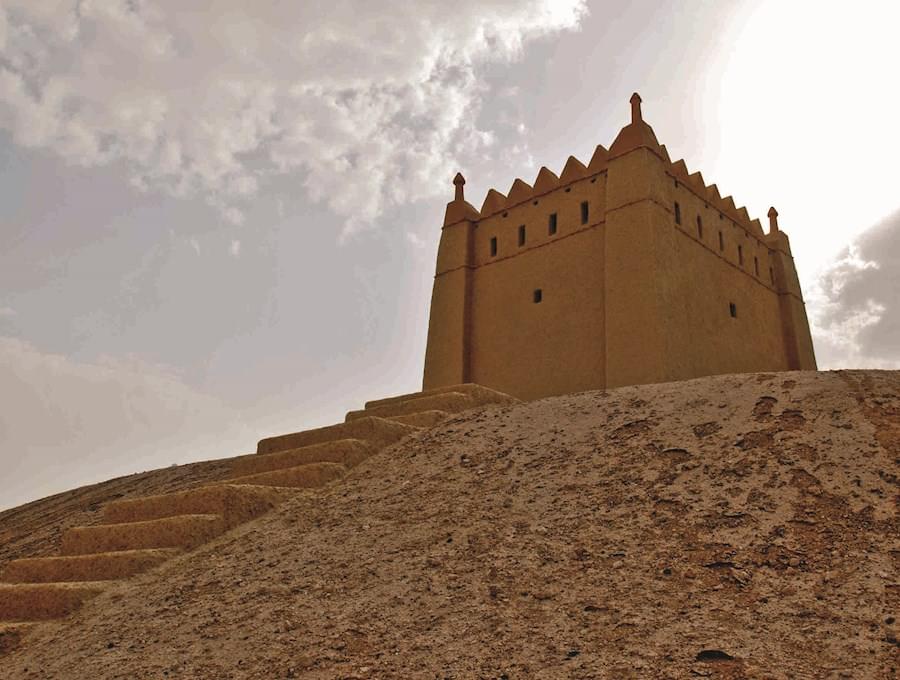About Hili Archaeological Park
If you are supposed to be a history buff, then heading to Hili Archaeological Park won't be a denial. This park not only provides ancient evidence but also demonstrates agricultural infrastructure. The Hili Archaeological Park comprises several Bronze Age forts and settlements, several tombs and artefacts within it. Learn more about Umm an-Nar culture and explore monuments of this period which dates from about 2500 BCE to 2000 BCE.
Basically, the Hili Archaeological Park was established to highlight the ancient monuments and historical charms and make them easily accessible to visitors. You can find and explore a number of Bronze Age structures, remains of the Umm an-Nar period, and many more antiques located within the Park. You may embark along Hili, near the fossil valley where you are going to be surrounded by a rich variety of fossils dating back thousands of years when it overlapped by the sea.
The purpose of the Hili Archaeological Park is to highlight Al Ain's ancient structures and make them conveniently accessible to visitors. The site contains numerous Bronze Age and Iron Age villages, burial grounds, forts, and agricultural infrastructure, as well as the oldest known remains of an agricultural village in the United Arab Emirates. Hili Site 8 is home to an early agricultural settlement that dates back to 3000 BCE. The Al Ain National Museum houses artifacts from these sites.
Between 2500 BCE and 2000 BCE, the Hili town grew in size. The Umm an-Nar period is named after the island near Abu Dhabi where the first traces of this culture were discovered. Hili has the UAE's greatest assortment of cemeteries and structures from this time period. A handful of these Bronze Age structures are open to the public and are located within the Hili Archaeological Park.
Thus, the intriguing place is a combination of archaeological sites as well as a park for walking and exploring. Visiting this site will surely bring out the curiosity in itself, as the site not only provides the earliest known evidence of an agricultural village but also introduces you to other Bronze Age and Iron Age villages, burial grounds, forest and agricultural infrastructure. Plan a family trip to one of the remarkable places to visit in Al Ain and get aware of many unknown facts and wisdom of the old days.
Hili Archaeological Park Highlights
• Hili Archeological Park is a popular tourist attraction which is located around 2 hours drive away from the garden city of Al Ain.
• This historic site provides great insights into the ancient monuments of Al Ain along with the remains of agricultural villages of the Iron Age and Bronze Age infrastructure.
• The main highlight of the park is the circular Hili Grand Tomb with a diameter of twelve meters which dates back to 2000 BC. The tomb has two magnificent entrances which are beautifully engraved with animal and human figurines.
• You can find a lot of similar tombs in the Hili area where you can find traces of Umm an-Nar culture closely.
• The site also includes a small garden with numerous unique plants, stunning fountains and a children’s play area to entertain people of all ages.
• Since it is the largest Bronze Age site in UAE, you can find a lot of history lovers and students visiting this place frequently







